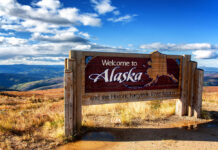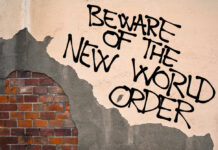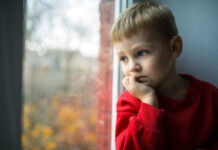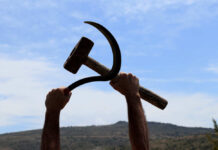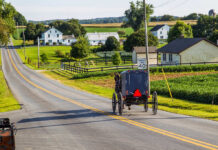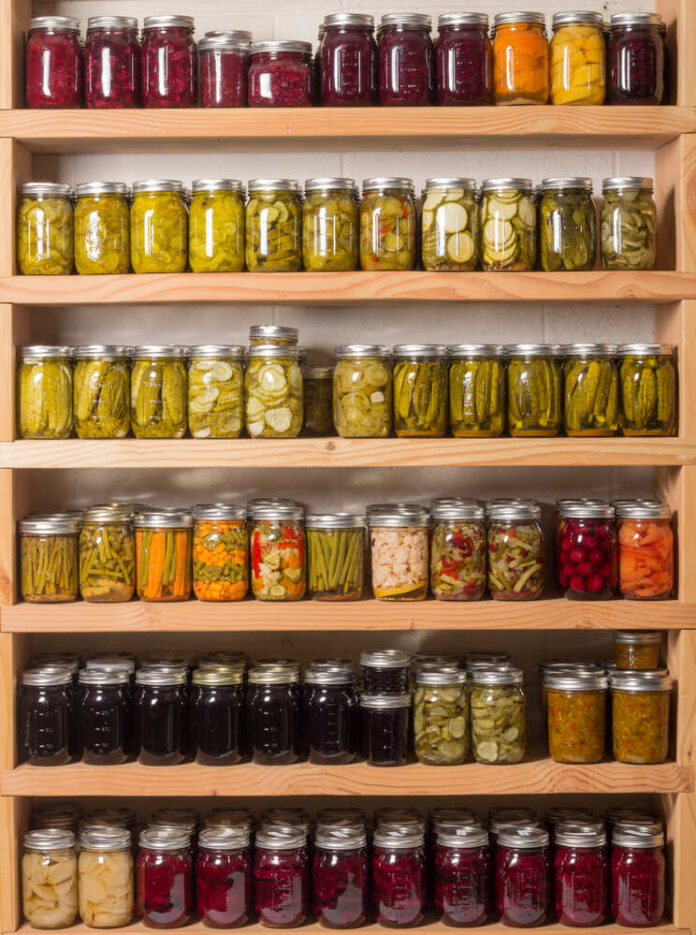
The social and political landscape in the United States is undergoing dramatic transformations, particularly in the realm of prepping.
An unprecedented number of Americans are now feeling the urgency of potential societal collapse, driving them to amass stores of food, weaponry, and emergency provisions.
Survival-related businesses and instructors are noticing this shift, with a clientele that includes individuals who, not too long ago, would have dismissed the idea of needing freeze-dried meals, backup power sources, or firearms.
Recent data reflects a surge in sales of pre-made disaster kits. A survey conducted by Finder, a financial services firm, reveals that approximately one-third of 2,179 adults surveyed have spent an average of $149 in the past year on non-perishable food, medical supplies, and containers of water—just as a precaution. This marks a notable increase from about one in five adults in 2020 at the onset of the COVID-19 pandemic. These statistics highlight a rising sense of unease among the general population regarding what the future may hold.
Many newcomers to prepping stress that their actions are motivated not by fear, but rather by a sense of preparedness for unexpected events.
For some, it’s about taking sensible measures to ensure swift responses to natural disasters like earthquakes or tornadoes. A man interviewed by The Wall Street Journal, who hadn’t considered prepping a few years ago, remarked, “It’s taking rational steps to ensure we have the ability to act quickly in those moments.”
Companies specializing in pre-packaged emergency kits are also witnessing significant upticks in sales. For instance, Preppi reported a 29 percent increase in sales for 2023 compared to the entirety of 2022. Competitor Judy saw a quadrupling of sales in June, coinciding with the widespread wildfire smoke in the Northeast.
Even residents of New York City apartments are joining the prepping trend. One woman admitted that she had never contemplated keeping a tent, sleeping bag, and water filtration system in her small living space until she watched videos about emergency preparedness on social media. She decided to purchase a $100 disaster pack from Amazon, reasoning, “It’s actually for a family of four, but I was like, ‘You know what? Better to be safe.'”
Prepping’s appeal transcends demographics and political affiliations. John Ramey, founder of The Prepared, a self-reliance training website, reports that his audience now encompasses a diverse range of people, all becoming increasingly aware of global issues and uncertainties.
Marlon Smith of Urban and Outdoor Survival, an organization offering survival classes, has also witnessed the emergence of a completely new market for disaster and emergency preparedness. Since the recent conflict in Israel, he’s received a surge in client inquiries, and his upcoming training course has a waiting list.
Individuals like Kasen James, a 30-year-old copywriter, illustrate the prevailing sentiment: “I can’t control what happens, but I can have the peace of mind of being prepared.” As a resident of wildfire-prone Morgan Hill, California, he now maintains around $200 worth of supplies and several hundred dollars in cash both at home and in his car due to a wildfire evacuation order in 2020.


